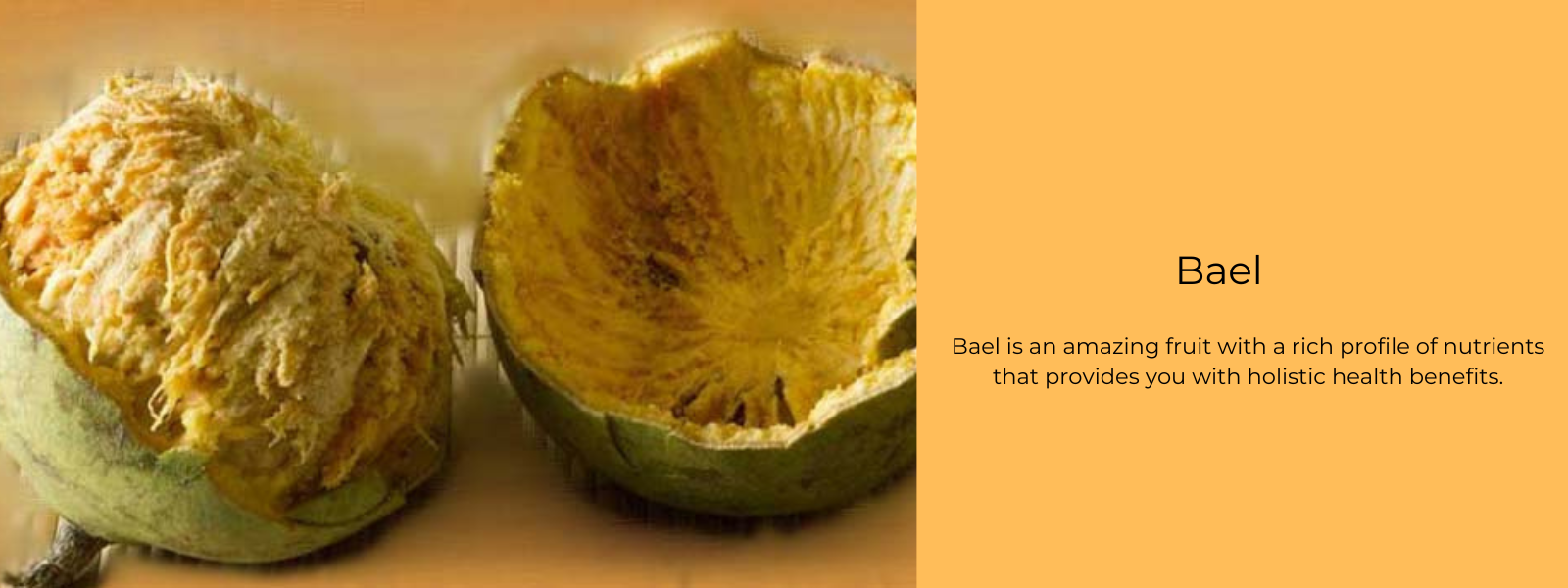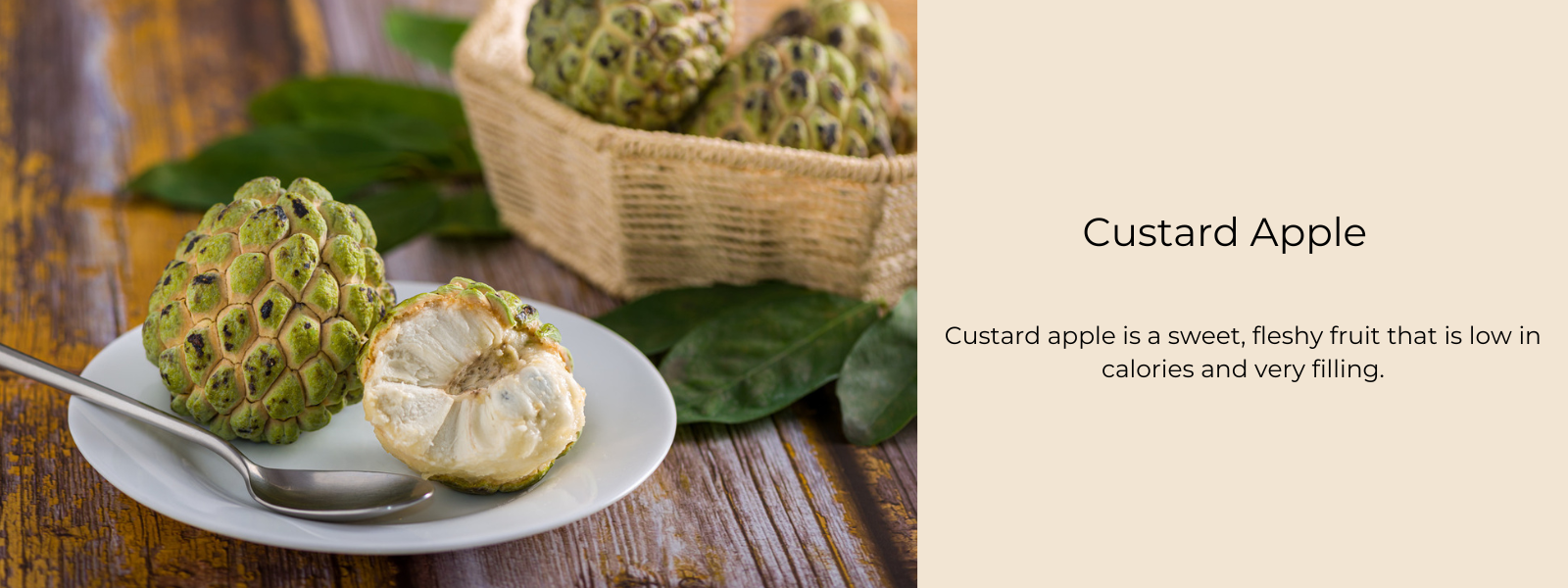Even though amaranth has only recently become popular as a health food, it has been eaten in some parts of the world for thousands of years.
It has a great list of nutrients and has been linked to a number of great health benefits.
Amaranths (Amaranthus hypochondriacus) are best known in north India by the name ramdana, which means "the grain given by the lord" or "the grain given by god." Amaranth is an excellent superfood that doesn't get enough credit. Everyone should eat it. It keeps your body healthy because it has protein, a lot of fibre, and vitamins and minerals.
Table of Contents
What is amaranth?
Amaranth is a group of grains that includes more than 60 different kinds that have been grown for about 8,000 years.
In the past, these grains were important to the diets of the Inca, Maya, and Aztec people.
Amaranth is a pseudocereal, which means that it is not a true cereal grain such as wheat or oats, yet it offers similar nutrition and can be utilized in similar ways. Its earthy, nutty taste goes well with a lot of different foods.
This healthy grain is innately gluten-free and high in protein, fibre, micronutrients, and antioxidants. It can also be used in a lot of different ways.
Which is better- quinoa or amaranth?
Amaranth has 9 grams of protein per cup, while quinoa only has 8 grams. Makhija went on to say that amaranth has twice as much protein as rice or wheat. She says that quinoa has 3 grams of iron per cup, while amaranth has 5 grams of iron per cup. This makes amaranth a more nutritious food.
Can you eat raw amaranth?
You can't and shouldn't eat raw amaranth. Even though this grain is not known to be dangerous, it needs to be cooked. It is not good for you. Most grains have anti-nutrients like oxalates and phytates that can bind to vitamins and minerals and stop your body from using them.
Is amaranth grain or millet?
Since 8,000 B.C., people have been growing Amaranthus species for their grains. Amaranth plants are grown for their edible, starchy seeds, so they are called pseudocereals. However, they do not belong to the same botanical family as cereals like wheat and rice.
Best ways to eat amaranth:
Amaranth can be used in both savoury dishes and sweet breakfast porridge. The popped amaranth can be peppered on salads, mixed into soups, baked into cookies and bread, or just eaten as a snack or even as a breakfast cereal. The flour is suitable for use to make bread, pizza dough, and other baked goods.
Health benefits of amaranth:
- Gluten-Free
Amaranth isn't really a grain, and it doesn't have any of the proteins that can cause problems in wheat, rye, and barley. Because of this, it can be used in many gluten-free recipes.
Amaranth flour is a gluten-free alternative to wheat flour that can be used to thicken soups, stews, sauces, and other foods. It can also be baked with other flours and gums that don't have gluten.
- Brings down cholesterol levels
The oils and phytosterols aids lower both LDL and triglyceride levels of cholesterol.
- Helps stop inflammation
The peptides and oils in amaranth have anti-inflammatory properties that can help ease pain and reduce swelling. This is extremely crucial if you have a long-term condition like diabetes, heart disease, or a stroke that makes your health worse because of inflammation.
Amaranth oil can also be used to treat minor wounds and some skin conditions.
- Helps bring blood pressure back to normal
Some new studies show that the fibre and phytonutrients in amaranth can help lower blood pressure. This seed helps with cholesterol, inflammation, and high blood pressure, so it is a good food for the heart in general.
- Great source of protein
Amaranth has a lot of protein and amino acids that are important for the body. In fact, 10 grammes of protein are already in just one cup of amaranth.
Also, this protein is very bioavailable, which means that the protein in amaranth is easier to digest than the protein in other seeds and grains. Its digestibility has been compared to that of milk protein.
- Aids in digestion
If you don't get enough fibre, you might get constipated, have gas, or even store more fat. Amaranth is a food with a lot of fibre. This makes it filling and helps with digestion, blood pressure, cholesterol, and slows sugar absorption so the body can keep making energy.
If you don't get enough fibre, you might get constipated, have gas, or even store more fat. Adding foods like amaranth that are high in fibre is a great idea.
Adding amaranth to a healthy breakfast can give you more energy and help your digestive system work better.











Leave a comment